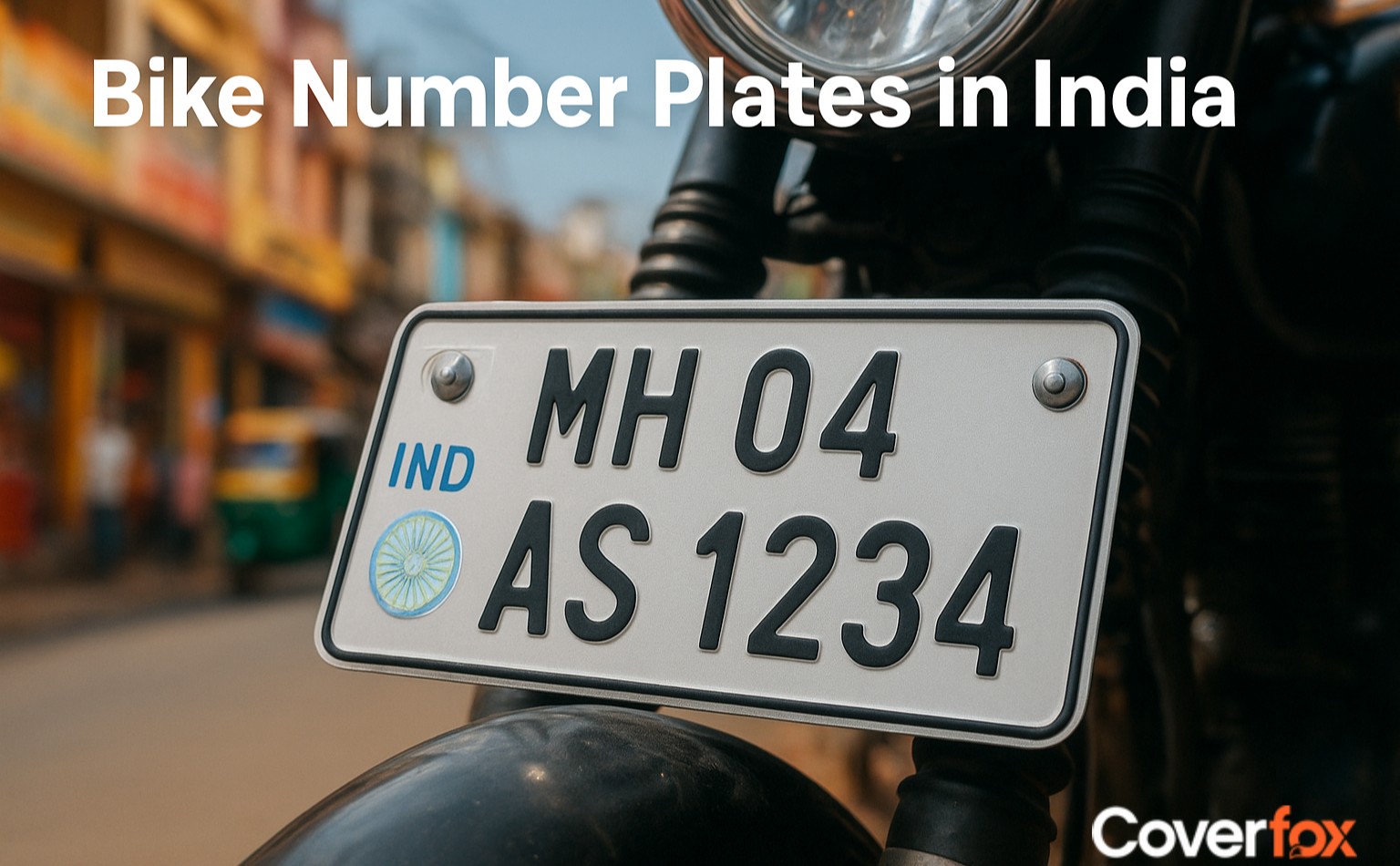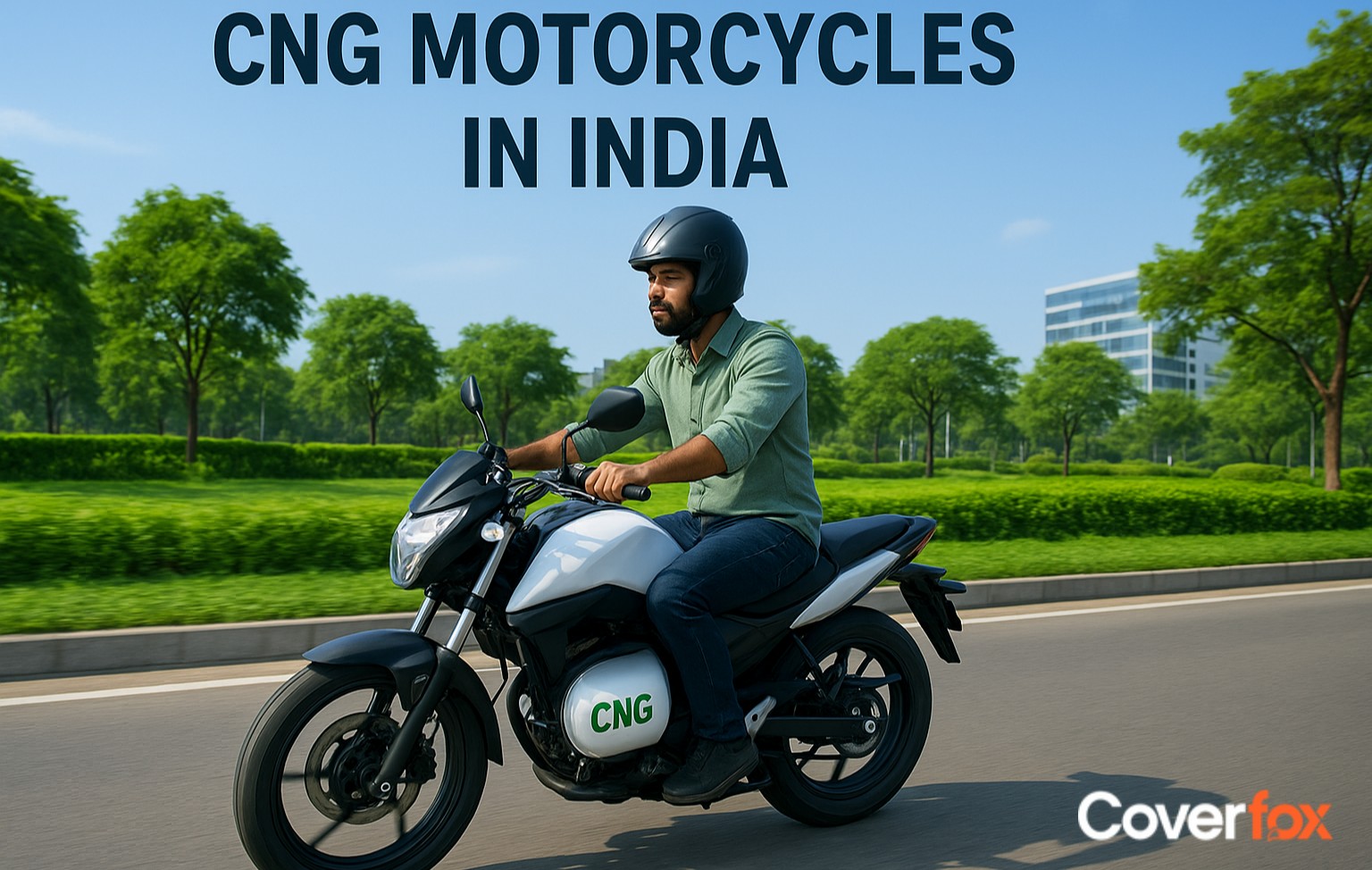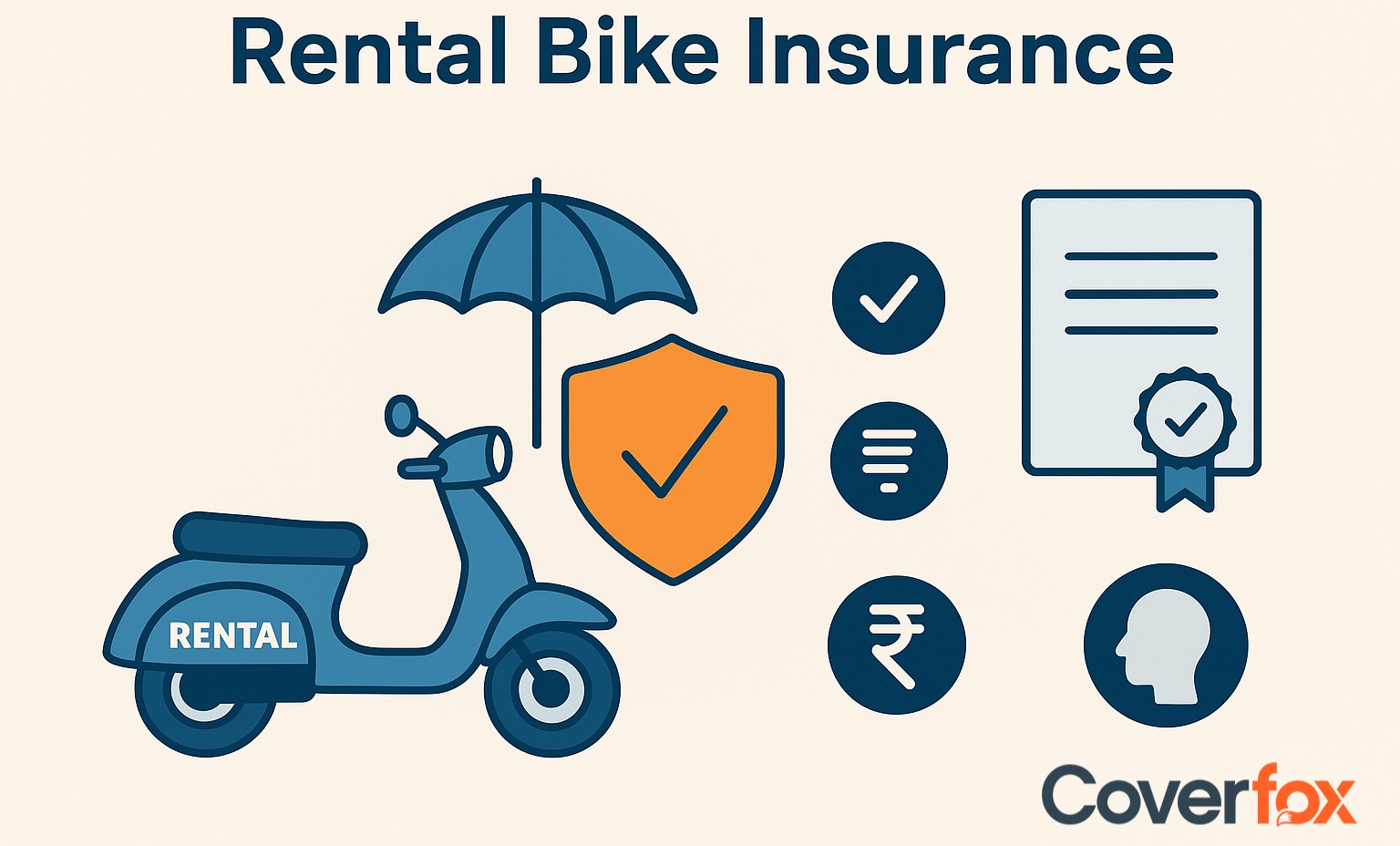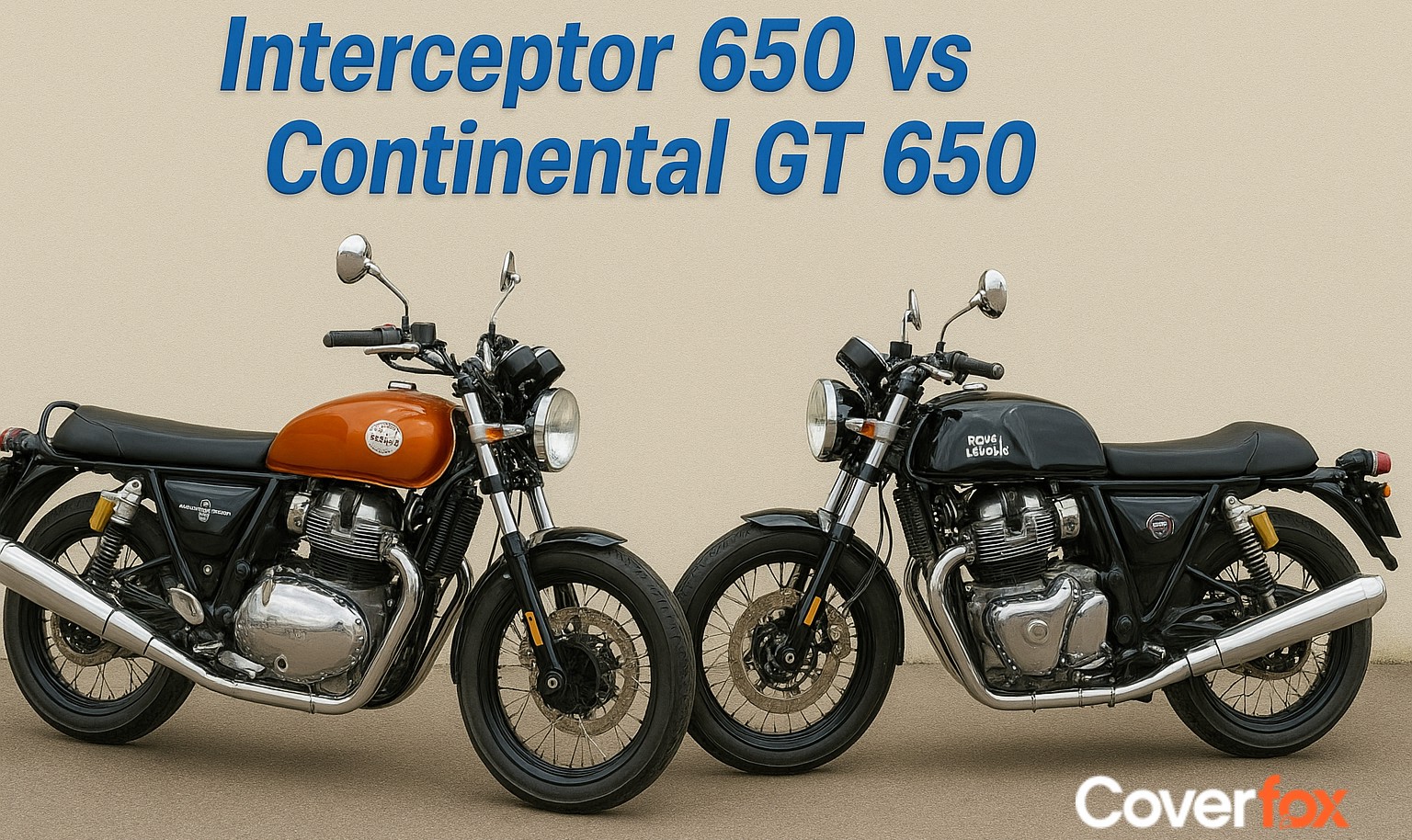Most modern-day bikes have adapted to ABS braking systems. ABS has revolutionised the braking system in bikes, improving the safety of the rider and the pillion rider. ABS has kept evolving over the past decades, reaching where it is now with innovation and technology. So to understand what exactly ABS is and how it works, read along.

What is ABS in Bikes?
ABS stands for Anti-Locking Braking System. It prevents the wheels from locking itself when braking suddenly or abruptly. This allows the rider to control the bike whilst lowering or stopping the speed of the bike, avoiding obstacles or accidents. If ABS isn't present, sudden braking can cause the rider or the pillion rider to fall off, the bike can skid, causing mayhem. It also improves the traction and grip on the road. ABS are an essential part of the safety system in modern-day bikes.
How Does ABS Work in Bikes?
Here is a step-by-step process to understand the working of ABS in bikes:
Step 1: You apply the brakes suddenly
Step 2: Wheel speed sensors detect sudden deceleration
Step 3: System detects a potential wheel lock
Step 4: ABS control unit intervenes
Step 5: Brake pressure is rapidly adjusted
Step 6: The wheel keeps rotating safely
Step 7: The Rider maintains control
When you press the brake lever (front or rear), the braking force is rapidly transferred to the wheels.
ABS-equipped bikes have sensors on both wheels that constantly monitor their speed.
If the system senses that a wheel is about to lock (i.e., stop rotating while the bike is still moving), it kicks into action.
The ABS control unit (Also known as ABS Module) sends signals to momentarily reduce brake pressure - this prevents the wheel from locking up.
The system repeatedly applies and releases brake pressure (multiple times per second) to maintain grip and stability.
This controlled braking allows the wheel to slow down without skidding, even during hard braking or on slippery roads.
Because the wheels don’t lock, the rider can still steer the bike while braking — reducing the chances of a fall or accident.
Key Components of ABS System
ABS comprises many key components that work together for a properly functioning system. This system, when synchronised together, prevents locking of the wheels during a sudden brake, keeping the control of the bike in the rider’s hands. These components include:
Wheel Speed Sensor
Toothed Disc (Tone Ring)
Electronic Control Unit (ECU)
Control Valve
Actuator
Pump
ABS Warning Light
Used for continuous monitoring of the bike’s speed. It provides critical data to the ECU to detect any wheel lock-up tendencies.
This disc rotates with the wheel and has evenly spaced teeth. The wheel speed sensor reads these teeth to calculate wheel rotation speed.
ECU acts as the central processor for the ABS. It analyses data from the wheel sensors and commands other components to adjust braking pressure.
Control Valves regulate the brake fluid pressure reaching the brake calliper. It helps reduce or release pressure when the system detects a potential wheel lock.
It modulates the brake force as instructed by the ECU.
Pumps help restore the brake fluid pressure that was released by the control valve.
It illuminates if there is a malfunction in the ABS. The warning light alerts the rider to check or service the ABS, ensuring continued braking safety.
Types of ABS in Bikes
Bikes typically come with one of the 2 types of ABS- single-channelled or dual-channelled. The type of ABS determines how many wheels are protected against locking during hard braking and directly influences the level of safety.
Single-Channel ABS
- Provides basic safety and control
- Cost-effective solution
- The rear wheel remains unprotected from skidding.
Dual-Channel ABS
- Provides balanced braking safety
- Improves stability during emergency stops
- More effective on wet or uneven surfaces
This system applies ABS only to the front wheel. It is commonly used in commuter and budget bikes, where most braking force is applied through the front brake.
This system applies ABS to both front and rear wheels. It is found in mid-range and premium motorcycles, offering higher levels of braking control.
Comparison Table: Single-Channel ABS vs Dual-Channel ABS
| Feature | Single-Channel ABS | Dual-Channel ABS |
|---|---|---|
| Coverage | Front wheel only | Both front and rear wheels |
| Safety Level | Basic | Comprehensive |
| Cost | Lower | Higher |
| Common In | Commuter and budget bikes | Mid-range and premium bikes |
| Rear Wheel Protection | Not available | Fully protected |
| Ideal Usage | City or low-speed riding | Highway or mixed conditions |
Pros and Cons of ABS in Bikes
Here are the advantages and disadvantages of ABS in bikes:
| Pros | Cons |
|---|---|
| Prevents wheel lock during sudden braking | Increases the overall cost of the bike |
| Enhances rider control and stability | Slightly adds to the weight of the vehicle |
| Reduces the risk of skidding on slippery roads | May cause longer braking distances on loose surfaces (like gravel) |
| Helps maintain steering ability during braking | Repairs and maintenance can be more complex |
| Boosts rider confidence, especially for beginners | May not be available on all entry-level models |
ABS vs Non-ABS Bikes – Key Differences
While ABS bikes do have a slight edge over non-ABS bikes, there are many key differences between the two apart from the obvious braking system:
| Feature | ABS Bikes | Non-ABS Bikes |
|---|---|---|
| Braking Control | Maintains control during sudden braking | High chance of wheel lock and loss of control |
| Safety on Slippery Roads | Safer, prevents skidding | Prone to skidding, especially in wet conditions |
| Stopping Distance | Slightly longer on loose surfaces | Shorter, but at the risk of losing control |
| Steering During Braking | Allows steering even under hard braking | Steering often locks up during emergency braking |
| Cost | Higher due to additional technology | Lower, suitable for budget-conscious buyers |
| Ideal For | City, highway, and all-weather riding | Low-speed or off-road-only use |
| Maintenance | Slightly more complex and costly | Simpler, lower maintenance |
| Legal Requirement in India | Mandatory for bikes above 125cc (since April 2019) | Only permitted for bikes under 125cc |
ABS Maintenance & Servicing
As we have established earlier, ABS maintenance requires regular maintenance and is more expensive than a non-ABS bike. These maintenance tips will help you prolong the life of ABS in your bikes:
- Check brake fluid regularly and refill it if low
- Keep wheel speed sensors clean and free from debris
- Clean the toothed discs to ensure accurate speed readings
- Watch for the ABS warning light and don’t ignore it
- Avoid DIY brake bleeding on ABS-equipped bikes
- Ensure all ABS electrical connections are clean and secure
- Get the ABS system scanned during periodic servicing
- Service the ABS only at authorised or trained centres
- Use manufacturer-recommended brake fluids and parts
- Test the ABS function after any major brake or wheel service.
Key Takeaways
Technology is evolving day by day, making life easier and safer. ABS is one such braking technology that has saved many lives of riders and pillion riders, and has smoothened bike rides for many years. Just as ABS is a safety feature for your bike, so is two wheeler insurance. Both of them protect you from mishaps, one protects you physically, the other, financially. So, ensure you give yourself the best possible protection care, with ABS and with bike insurance.
Recommended Reads:
Frequently Asked Questions
Is ABS mandatory for bikes in India?
For bikes above 125cc, yes.
Can I install ABS on an old bike?
Technical, yes, but it is a complex and expensive process.
What is better: ABS or CBS?
ABS provides better safety and is better.
How often should I service ABS?
They are generally serviced when you do a routine servicing of your bike. Do look out for the emergency ABS light – it directly indicates a maintenance requirement.
What are the common myths about ABS?
The idea that it increases stopping distances, makes brakes less effective, is only useful on wet surfaces, and that it makes riders lazy or less skilled are just myths.
Which is the ideal bike insurance for bikes with ABS?
Comprehensive bike insurance with a consumable cover and zero depreciation cover is the best bundle choice for bikes with ABS.





